The six hematology studies of Lu Daopei Hospital attract international academia
Acute lymphoblastic leukemia (ALL) is a
common malignant hematological disease characterized by abnormal proliferation
and aggregation of immature lymphocytes in bone marrow and lymphoid tissues.
B-cell acute lymphoblastic leukemia (B-ALL) is a subtype of ALL. It is studied
that the complete remission (CR) rate of children's B-ALL greater than 95%, the
cure rate is about 80%, but the adult CR rate is lower, only 60% to 85%, and
the cure rate less than 80% .
Peggy Lu, medical executive president of Lu Daopei Hospital, said "The
prognosis of patients with refractory/relapse B-ALL is very poor before the
onset of chimeric antigen receptor (CAR) T cell therapy." B-ALL treatment
relied mainly on chemotherapy and bone marrow transplantation in the past, but
the prognosis of drug-resistant or salvage BMT is poor, and it is a very
difficult problem in clinical practice.
In recent years, as one of the methods of cellular immunotherapy,
CAR-T cell therapy is most advanced in blood system tumors, and it also have a good
performance on B-ALL.
In the United States, CAR-T cell therapy has been approved for the
treatment of relapsed/refractory B-ALL under the age of 25.
At the 60th Annual Meeting of the American Society of Hematology
(ASH) in 2018, Lu Daopei Hospital from China presented two oral reports and
four posters in the frontiers of CAR-T cell therapy, which attracted the
attention of hemotologists and biology researchers.
Dual-target CAR-T cell therapy leads the international frontier
Study profile: The study enrolled 19 patients with relapsed/refractory B-ALL in Lu Daopei Hospital. The conditioning was fludarabine + cyclophosphamide. All patients received CD19&CD22 dual-target CAR-T infusion which prepared by Hebei Senlang Biotechnology Co., Ltd. 20-30 days after CAR-T cell infusion, 18/19 (94.7%) patients achieved CR or CR with incomplete recovery of blood cells (CRi), and 17/18 (94.4%) patients achieved minimal residual negative results of lesions (MRD). It is showed good safety as well, with 18/19 (95%) patients with only very mild cytokine release syndrome (CRS) and only 2 patients with neurotoxicity.
CD19 is currently the most common target for CAR-T cell therapy, and dual-target CAR-T cell therapy is an advanced technology. The unique feature of the CD22 CAR-T cells in the report is that it can simultaneously secrete a ScFv against the PD-L1 mAb, which can reduce the decrease in CAR-T cell activity by blocking the PD-1 / PD-L1 pathway. And depletion, so that the infused CAR-T cells have better functional activity and enhance the specific killing effect on tumor cells.
Director Peggy Lu said: "The data show that CD19 & CD22 dual CAR-T cell therapy can achieve higher CR than patients with single-target CD19 CAR-T cells; and not only the side effects are not increased, but also lower," she said. Although it is not determine this method yet, a large number of patients need to be enrolled to get more data, but this is a good start!
Innovative and positive clinical outcomes are necessary for international conferences. Another study by Lu Daopei Hospital was also included in the 2018 ASH oral report, and even selected as 2019 Highlight of ASH.
Patients with refractory/relapse B-ALL should not be rejected by CAR-T cell therapy
President Peggy said: "‘although CD19 CAR-T for refractory /relapsed B-ALL, especially for the high-risk patients is difficult. Our 110 patients study gave the doctor a clear indication that no one should be turned away!"
In addition to the two excellent oral reports, four studies of Lu Daopei Hospital were selected as the 2018 ASH conference poster, which attracted the attention of international hematologists, including allogeneic hematopoietic stem cell transplantation, CAR-T bridging transplantation, and immunotherapy combined with targeted drugs and MICM detection.One European clinical team want to have a CAR-T clinical training in Lu Daopei hospital after ASH. The rich experience(over 500 cases) will be spread and help more and more patients.
President Peggy believes that transform from research to clinical, seeking breakthroughs in the treatment of blood diseases, prolonging the survival of patients and even completely curing is the purpose of hospitals to encourage research. She hopes that the results of the research can be used for patients as soon as possible and bring them more benefits.


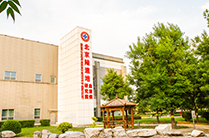
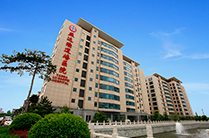
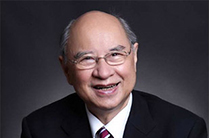

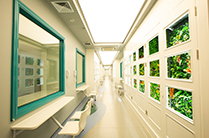
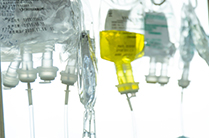

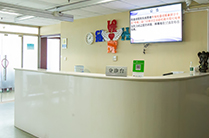




 京公网安备13108202000843号
京公网安备13108202000843号